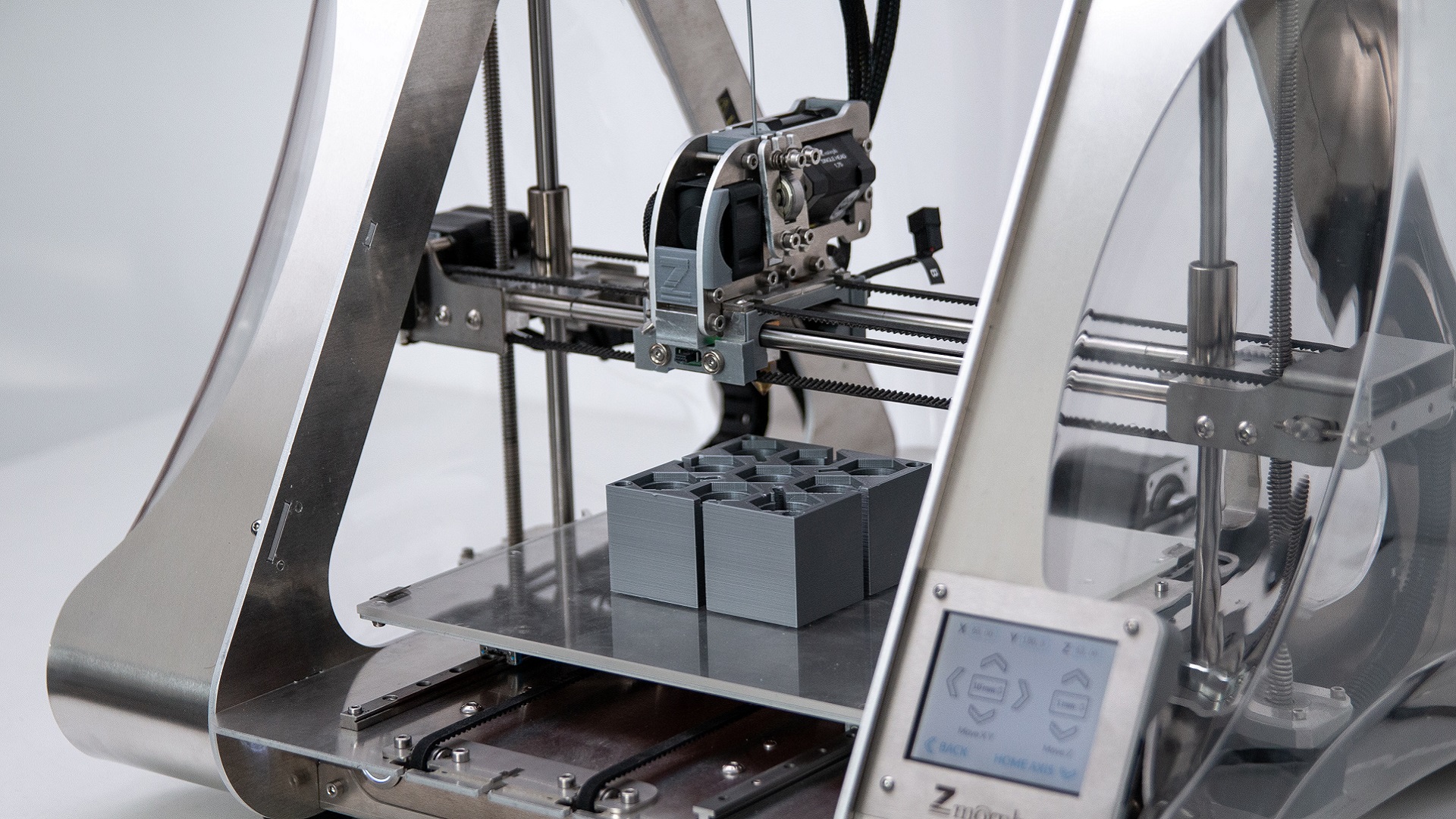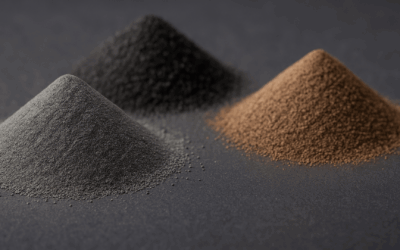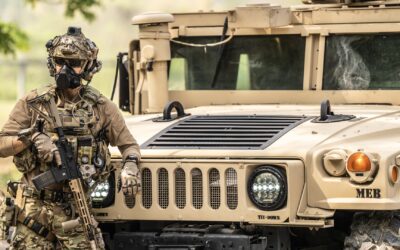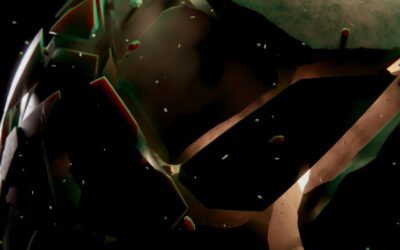3D printing, also known as additive manufacturing, has revolutionized the manufacturing industry with its ability to quickly create custom parts. In addition to printing parts, manufacturers can utilize 3D printing to create tooling and fixtures to streamline their production process. Let’s look at how manufacturers can utilize 3D-printed tooling and fixtures to their benefit.
What Are Tooling and Fixtures?
Tooling refers to the creation of specialized tools used in manufacturing to produce a specific product. These tools can include molds, jigs and fixtures, which are designed to hold and guide the material being worked on.
Fixtures are work-holding devices that are used to secure a workpiece during manufacturing or assembly. Fixtures are designed to ensure the accuracy and consistency of the product being produced.
The traditional method of creating tooling and fixtures involves the use of CNC machines, which can be expensive and time-consuming. However, with the emergence of 3D printing, tooling and fixtures can now be created much more efficiently and cost-effectively.
Tooling and Fixture Creation
One of the primary benefits of 3D printing for tooling and fixture creation is the ability to quickly produce custom designs tailored to specific manufacturing requirements. For instance, if a manufacturer needs a specialized fixture to hold a particular part during production, a custom fixture can be designed and printed within a matter of hours.
Another benefit of 3D printing is the ability to make complex geometries that would be challenging to produce with traditional machining methods. For example, intricate internal structures and curved surfaces can be created with 3D printing, which would be difficult or impossible to achieve with traditional machining techniques.
When utilizing 3D printing, you can produce lightweight, yet durable, tooling and fixtures. This is because the pieces use significantly less material and are hollow, but still maintain the same strength and durability as solid parts. And, as a bonus, can result in cost savings.
Manufacturers who need to produce specialized or custom parts in small quantities can still benefit from 3D printing. Creating tooling and fixtures for low-volume, high-value is also a widely used area of additive manufacturing.
Saving Time and Money
Overall, 3D printing is a game-changer for the manufacturing industry, and it has numerous applications in the creation of tooling and fixtures. By using 3D printing, manufacturers can save time and money in the production of tooling and fixtures, while also gaining the ability to create custom designs that are tailored to their specific requirements. As 3D printing technology continues to evolve, it is likely that we will see even more applications for this revolutionary technology in the manufacturing industry.
Additive Manufacturing at The Center
Start removing roadblocks to innovation and take the first step towards advancements with 3D printing. Learn more about how our team can help. See how other technologies can improve your business by scheduling a free Technology Opportunity Assessment here.
Sign up today for a free Essential Membership to Automation Alley to keep your finger on the pulse of digital transformation in Michigan and beyond.




